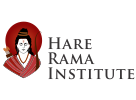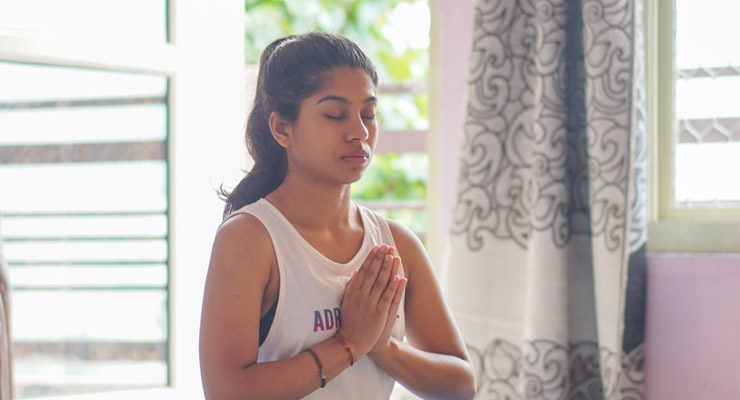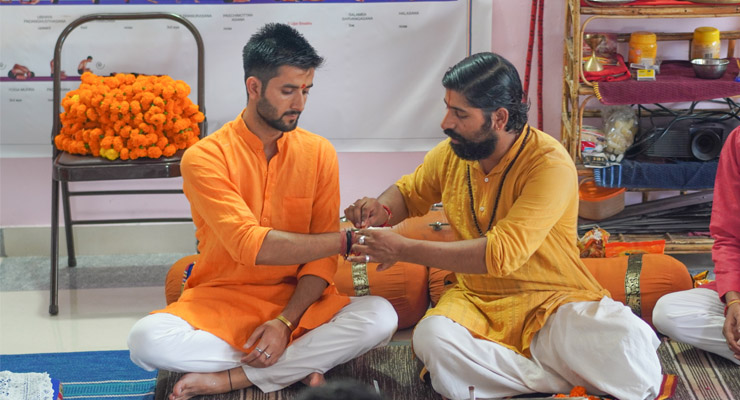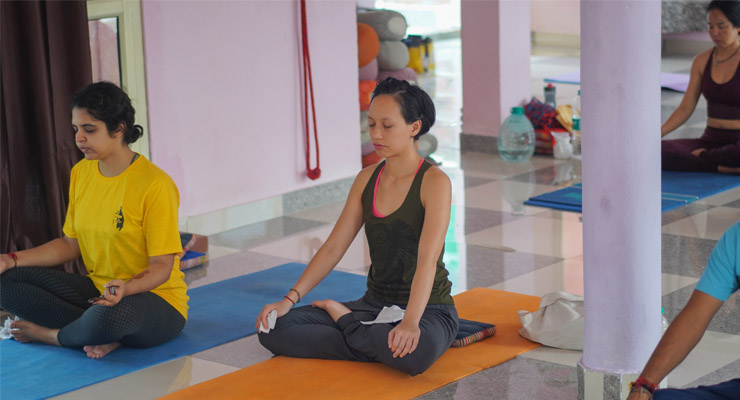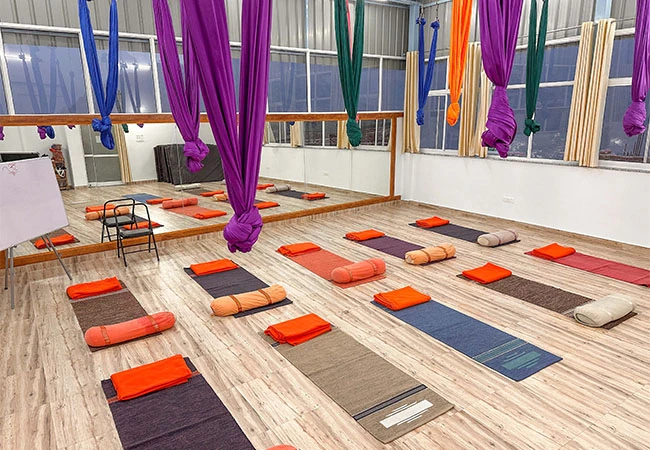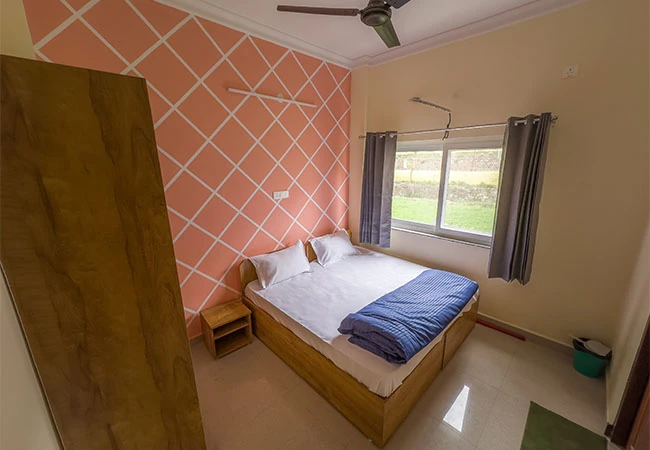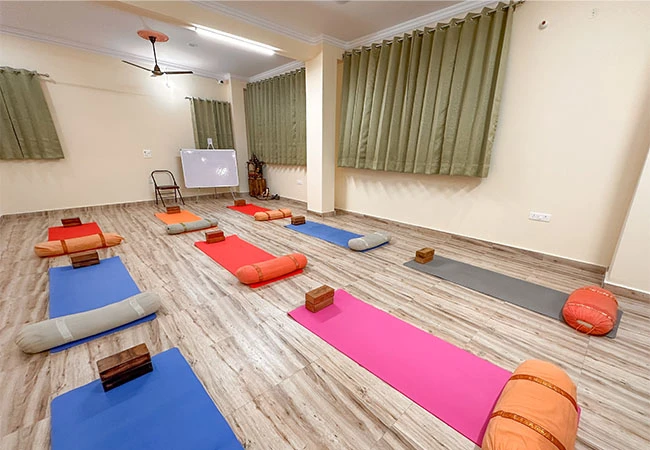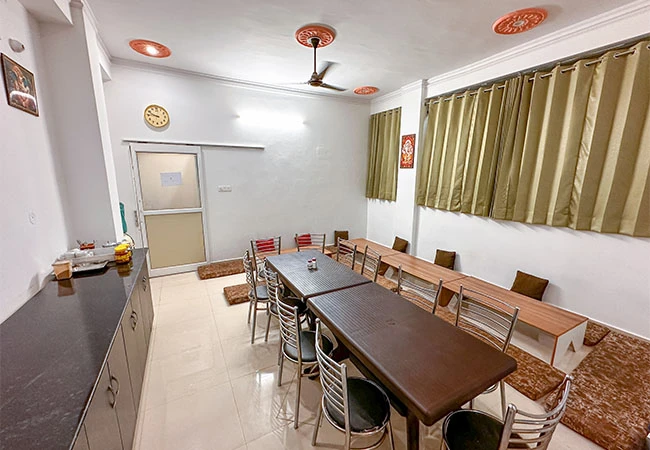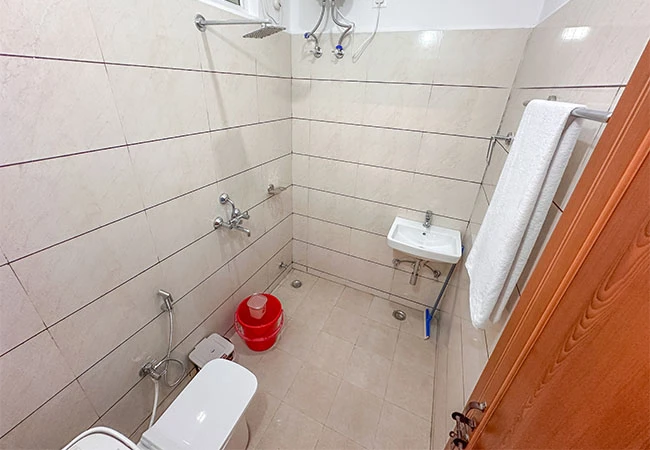200 Hours Residential Yoga Teacher Training in Rishikesh —
Our School is Located in the Land of Gods (Dev Bhumi), Hare Rama Institute in Rishikesh, India, is one of the yoga schools where you can learn 200 hours of multi-style Yoga TTC course such as Hatha, Ashtanga, Iyengar, Vinyasa Flow. No place can be better than Rishikesh for yoga practices as you can enjoy lush Green Shivalik ranges in your backdrop and the beautiful beaches of the Ganges. You can enjoy your life’s best sunrise here while practicing yoga in the holy banks of Rishikesh. The serenity and spiritual vibe of this place had drawn the myriads of the yogis and saints to practice yoga on this land for ages.
Rishikesh holds deep cultural and spiritual significance as it is one of the oldest Pilgrimage. It has been a magnet for spiritual seekers which makes it the most desirable land for soul-searching and to experience inner calmness. 200 Hour Yoga teacher training course is the program designed to offer a solid base for students wanting to improve their technical skills and deepen their practice. Our 200 Hour Teacher Training Course includes in-depth theoretical and practical knowledge of Hatha & Ashtanga Yoga, Pranayama, Kriyas, Meditation, Mantras, Yoga Philosophy. Learn about the fascinating history of Yoga, Adjustment & Alignment techniques, deep understanding of working of Human Anatomy & Physiology and discover the concept of Yoga Nidra & Mudras. After completion of your 200 hour YTTC program, you will receive a 200 Hours Yoga Teacher Training Certification eligible to be registered with Yoga Alliance.
At our Yoga Center, we always advocate small batches to promote student-teacher interactions and enhance the learning experience.
